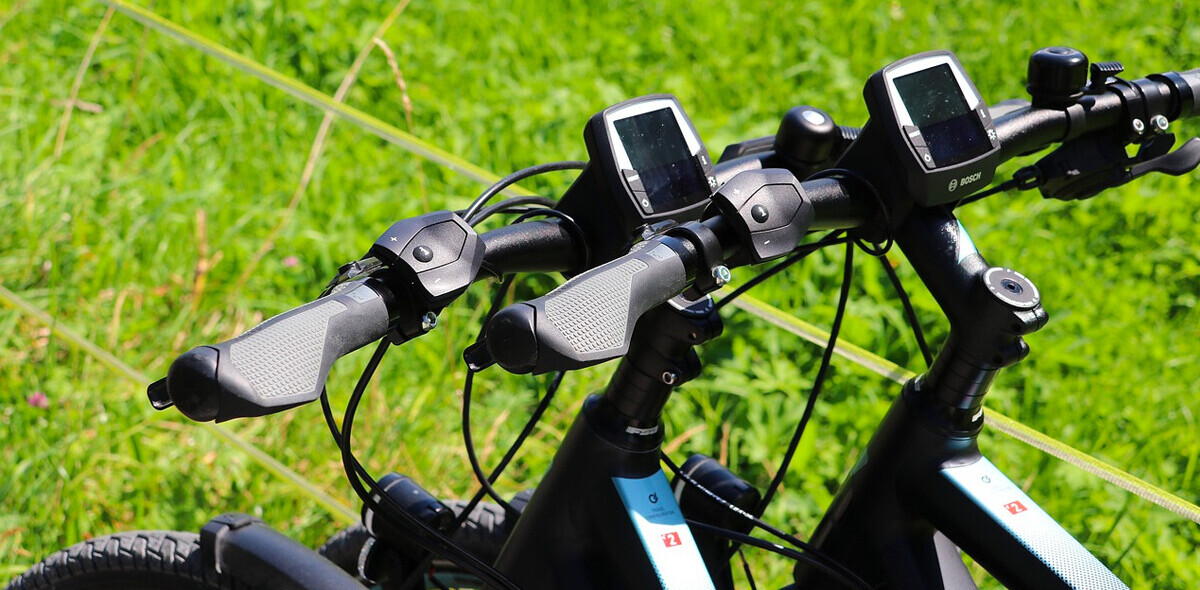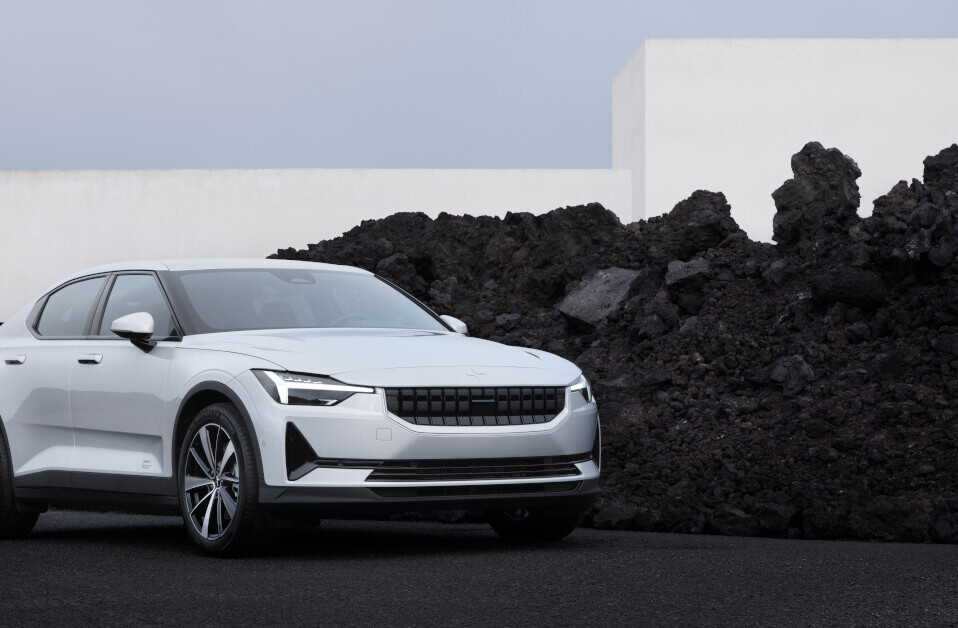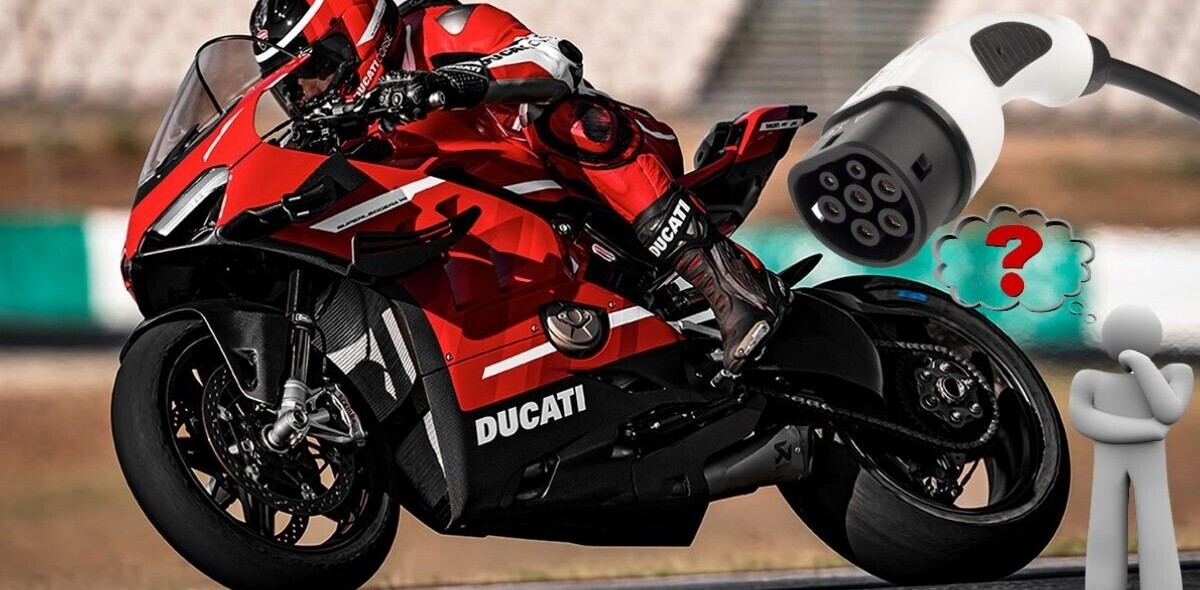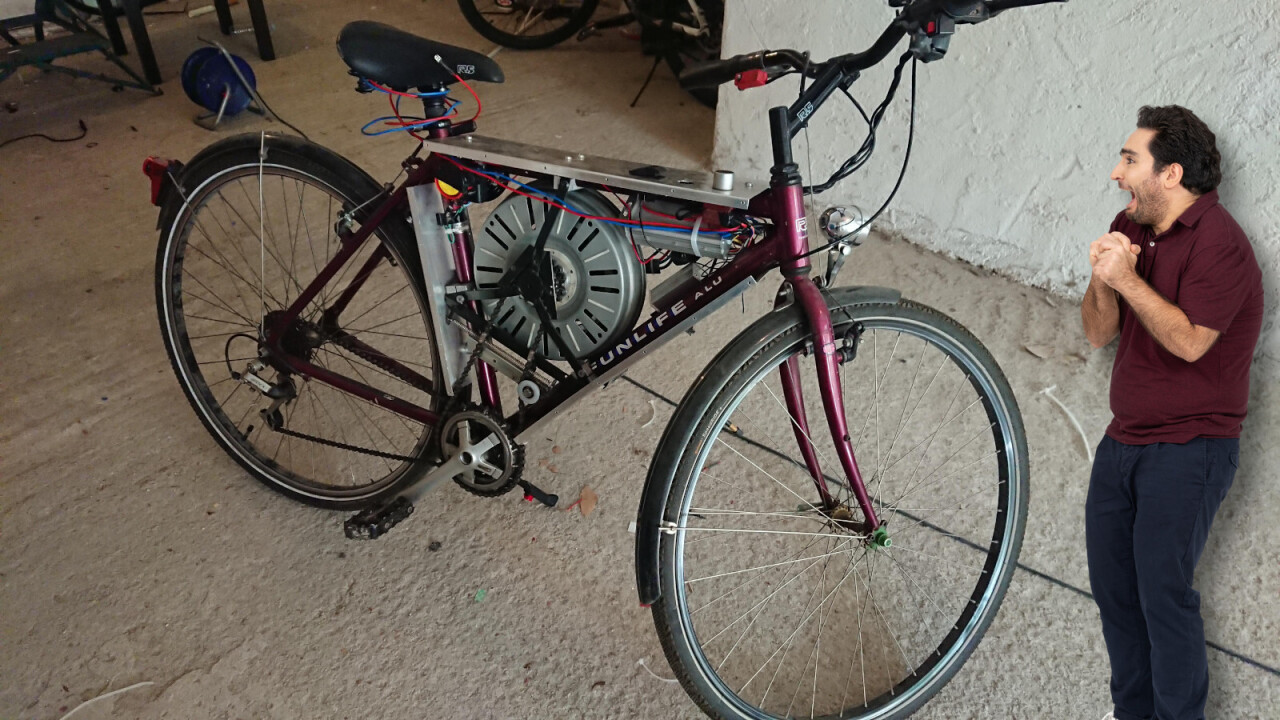
Ebikes are hot right now. Coronavirus lockdown measures have spurred people to find socially distanced forms of transport and many are choosing bicycles. Sales are soaring, and in some places supply is hard to come by.
So what do you do if you can’t get hold of one? Sabotage your washing machine to build your own ebike, of course!
That’s what one enterprising home-engineer did recently, and yes, they’ve named it: “The Spin Cycle.” Nice.
[Read: EV fans deplete Dutch gov’s €10M electric vehicle grant in just 8 days]
The picture below tells you everything you need to know to be honest. Redditor, Jimminecraftguy, took a 1,100 watt brushless direct current motor from a washing machine, bolted it into the center triangle of the bike’s frame, and connected its drive gear to one of the front chainrings to send power to the rear wheel.
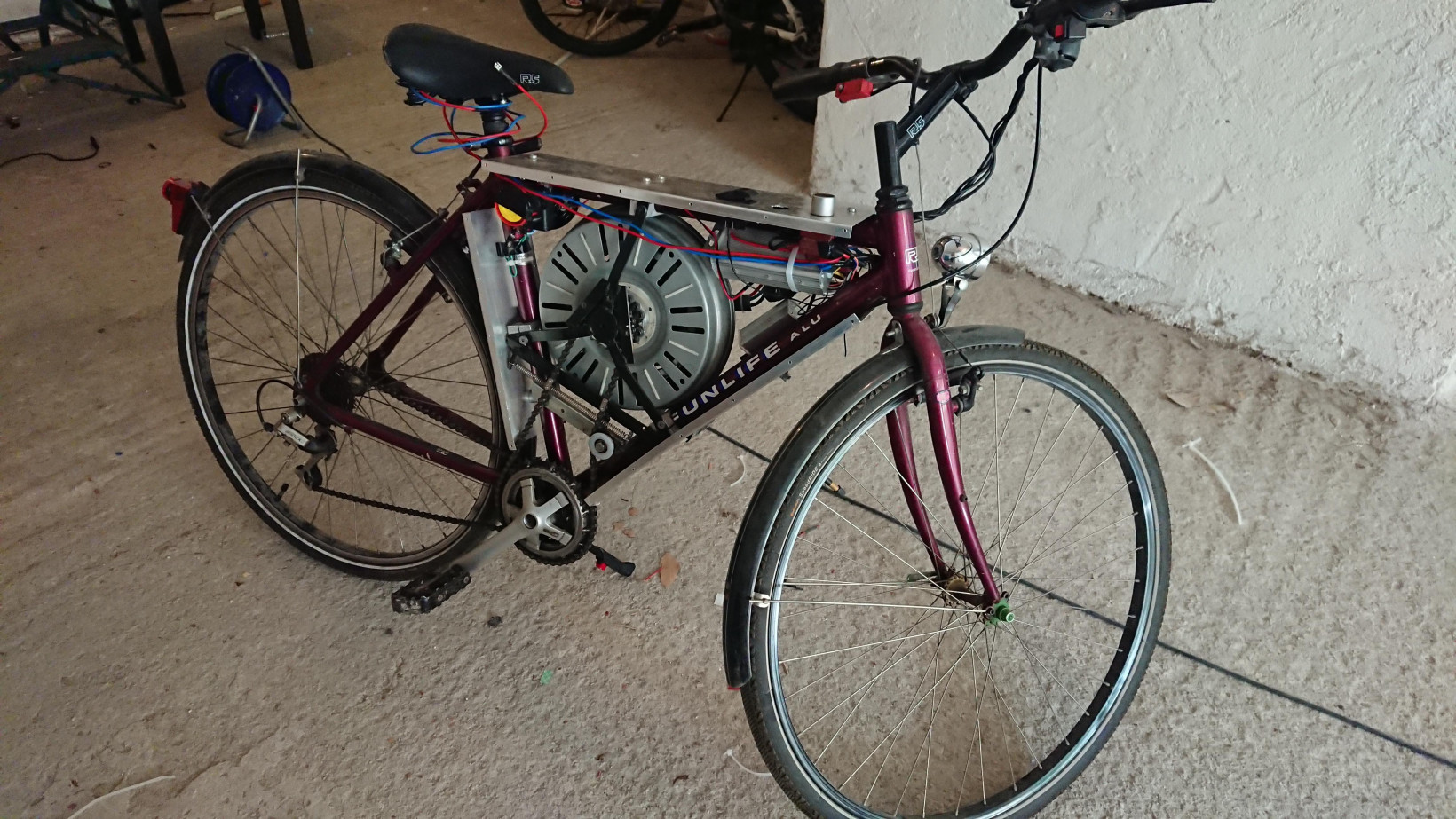
According to the builder, it’s capable of hitting speeds of around 110 kph (68 mph), which they say is enough make them “shit their pants.”
You know what? I believe them.
The most insane thing though, is that the bike still seems to be running the stock cantilever brakes. Having ridden “cantis,” I can tell you first hand that — compared to modern brakes — they’re usually absolutely useless. But hey, this is all built onto a 20-year-old bike.
Unlike most ebikes, which provide a few hundred watts of assistance as you pedal, the Spin Cycle is more like a pedal assisted electric moped. As the video above shows, the rider can zoom down the street without having to pedal at all.
It seems the bike’s creator is now focused on extending the machine’s range by building a battery pack trailer. Which is probably wise, especially because they said they’ve already “cooked” a set of lead-acid batteries. If the speed isn’t enough to set your pants on fire, those batteries could do it.
As it happens, washing machines and bicycles have been unlikely bedfellows over the years. In one of the most famous melding of the two machines, cyclist and out-of-the-box bicycle builder Graeme Obree dismantled his washing machine to “borrow” its bearings and side panels.
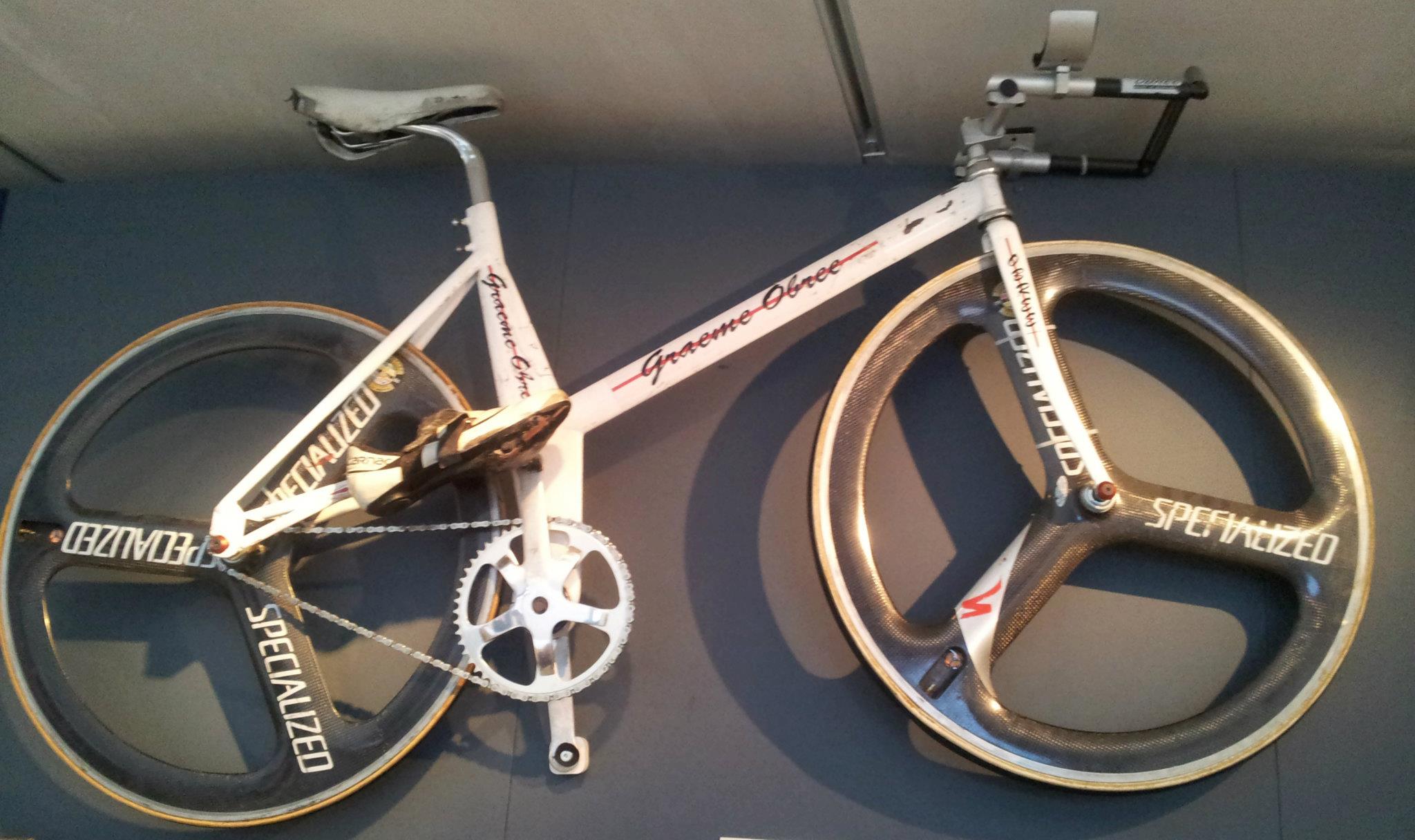
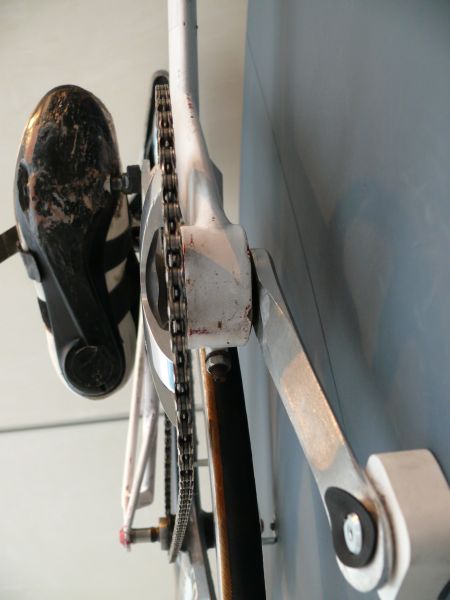
The bearings, which are capable of spinning smoothly at immensely high speed, were needed for Obree to manufacture his unique narrow bottom bracket (where the cranks attach to the frame) as no bike manufacturers of the day could satisfy his demands.
Obree went on to set numerous records, become world champion, and compete at the 1996 Summer Olympics on his homemade bicycle. He was certainly fast, but I doubt he could hold down 110 kph. Perhaps he should have used that washing machine motor too.
HT – Hackaday
Get the TNW newsletter
Get the most important tech news in your inbox each week.
